I’m excited to introduce Baha’i Blog’s readers to Shidan Toloui-Wallace, one of the most admired contemporary Persian and Arabic chanters in the Baha’i world. Now ‘chanting’ is not to be confused with singing – although Shidan does that beautifully as well – but as she explained to me, chanting is a form of improvised singing usually based on Holy Scriptures or poetry, and a person chanting may chant the same piece of scripture differently every time.
Shidan Toloui-Wallace recently released her second album titled Phoenix of Love, which features Baha’i prayers and poems chanted in Persian and Arabic, as well as English collaborations with her daughter Shadi Toloui-Wallace, whom we interviewed here on Baha’i Blog as well.
Shidan’s reputation was established during the time she was a volunteer at the Baha’i World Centre in Haifa, Israel from 1991–1997. She was regularly asked to chant on special occasions such as Holy Day observances, and it was during her time in Haifa that she recorded her first album entitled The Call of Carmel with her dear friend Taraneh Rafati, and Shidan’s uncle, the late Masood Missaghian played the Persian Santoor (also called a Hammer Dulcimer) on the album.
Some 15 years later in late 2012, Shidan decided to record Phoenix of Love, and so I thought it would be great to catch-up with Shidan to find out more about this wonderful album, which although it is predominantly in Persian and Arabic, also includes wonderful musical fusions of East and West .
Baha’i Blog: Could you first tell us a little bit about your new album Phoenix of Love and why you decided to record it?
My latest Album Phoenix of Love was released in November 2012. The first album I released was called The Call of Carmel which was in collaboration with a dear friend called Taraneh Rafati and my uncle Massod Missaghian, who played the Santoor, which is a hammered dulcimer.
This first album was recorded in Haifa, Israel in 1996 while my family and I were volunteering at the Baha’i World Centre. I know there is a big gap between the first and the second album, and I have been wanting to do something but I just could not see a good reason to, as there were many beautiful albums of Persian and Arabic Baha’i Writings chanted by different artists and I just wanted to do something different, something new. It was in 2009 when my daughter Shadi came back from her year of volunteering at the Baha’i World Centre and we encouraged her to record an album. It was then when she asked me to collaborate on one of her tracks in Arabic, and this track turned out to be quite a hit and that gave me the idea of integrating the two languages. So when it came to my album, I invited her to collaborate with me on a few tracks.
Baha’i Blog: Could you please tell me and our readers a little bit about the art of Persian chanting?
When one chants one does not follow a set music. For example when I chant, I improvise the music according to what the words are saying and how it is impacting my soul. So I let the words move me and then let the spirit take over. If I try to take over it is not chanting any more it is singing….I may do the same prayer differently every time. In other words chanting should only be the gentle decoration of a frame to a painting, otherwise the beauty of the painting will be overtaken by the frame.
Baha’i Blog: What inspired you to take up music, and especially chanting, and who were your musical influences?
I do not consider myself a singer but a chanter. You wonder how one becomes a chanter….well from a very young age I used to wake up with my parents chanting Baha’i prayers and I developed the love of singing and chanting. I have two maternal uncles, Mr Masood and Zikrollah Missaghian, who were also musicians and they had an influence on me as I was growing up.
Baha’i Blog: Can you tell us a bit about your experiences chanting at the Baha’i World Centre in Haifa?
I have been chanting since I was very young, but while at the World Centre I had a lot more opportunities to chant at Baha’i Holy Day events and weddings where I was regularly selected to chant on special occasions of many hundreds of Baha’is from all parts of the world. The greatest honour among all other occasions for me, was the invitation to chant at observances of Holy Days in the sacred grounds of the Shrine of Baha’u’llah.
Baha’i Blog: What was it like to work with your daughter on her album, and then to invite her to collaborate with you on your new album?
I just love the Persian culture and music and to have children who also appreciated music was a real joy. All my children are very musical but Shadi was able and wanted to take it to a professional level. It was actually a real joy to be able to work with Shadi on her album and then to have her to work with me on mine.
I always wanted to make a CD in Farsi which is pleasant to the ear for all those from the East or the West, and with the help of our producer Mr Louie Shelton, the renowned producer and session guitarist, I feel we have an album that is pleasing to the ear no matter from what background you come from.
Baha’i Blog: How has the album been received so far and what do you have planned for 2013 and beyond?
The Phoenix of Love album has been received extremely well, but as you know it takes a lot of energy and resources for any album to be recorded, so I have no plans for any new CDs but I hope I have opportunities to share this album with the friends through live performances as well as the sale of the CDs.
Baha’i Blog: If you could choose one contemporary musician to record with, who would it be?
One of my favourite contemporary chanters is Mrs Shokooh Reza’i. Her style is one of those which is conducive to taking you to another realm not just through her amazing voice but her style as well. She is someone I thoroughly enjoy listening to but never thought of performing with.
Baha’i Blog: I’ve heard that chanting is a talent which is dwindling in the Baha’i community. Do you, or have you considered teaching others?
Unfortunately yes this art is kind of dwindling in the West, and due to the limitations our Baha’i friends are experiencing in Iran, the art of chanting is not being nurtured as much. I am not sure if chanting Baha’i prayers is an art that one can learn from scratch. I feel one has to have a general love for music and an interest for Persian classical music and listen to a lot of other musicians. Then one may just copy others for a while until he or she can develop his or her own style.
Baha’i Blog: What advice would you give any would-be chanters out there?
I never forget the time when our dear Mr Nakhjavani commented on the style of my chanting being one that Shoghi Effendi very much favoured and encouraged, and then he gave me the best advice, and that was that chanting should not take over the beauty of the words and it should just be a decoration to the words. In another words chanting should bring the hearer closer to the Holy Words and not to the melody alone. Sometimes some people chant in some amazingly beautiful styles, but the words are kind of lost and the hearer does not fully grasp what they were meant to grasp.
Baha’i Blog: Are there are any other points or interesting things you’d like to add?
There is another feature of the Phoenix of Love album that is very special to me. I used some recordings of my uncle’s Santoor on a couple of the tracks. One of them was recorded years ago, probably 20-30 years ago when he was travelling in Morocco and one day while he was sitting on the balcony of his hotel, he heard the sounds of a few birds singing. He decided to get his Santoor out and started playing and at the same time pushed the ‘record’ button on a tape recorder he had nearby. He was able to record 12 minutes of a beautiful conversation between his Santoor and the birds while the numbers of the birds grew and they got closer and closer to where he was sitting. I once asked him if I could have a copy of this, and he very generously made me a copy on a tape. I really loved this tape and always wanted to do something with it, so I discussed it with Louie and he included a short segment of it in the beginning of one the tracks.
Baha’i Blog: Thanks so much Shidan for taking the time to do this interview. Congratulations on this great album and we hope to hear more from you again in the near future.
You can find out more about Shidan Toloui-Wallace’s albums from her website and purchase her album Phoenix of Love from 9starmedia
Posted by
Naysan is passionate about using the arts and media to explore the teachings of the Baha’i Faith. Back in 2011, Naysan started up the Baha’i Blog project, channeling his experiences in both media and technology companies to help create a hub for Baha’i-inspired content online.








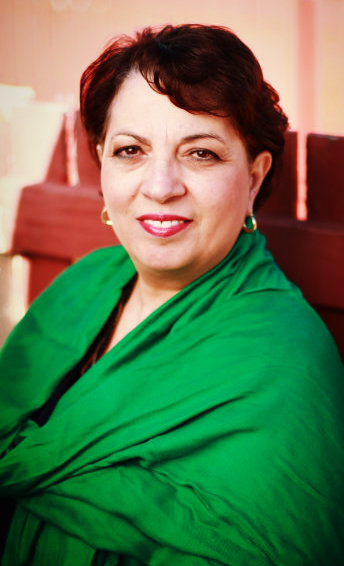
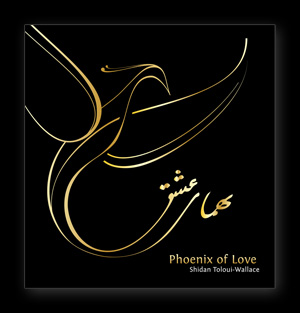
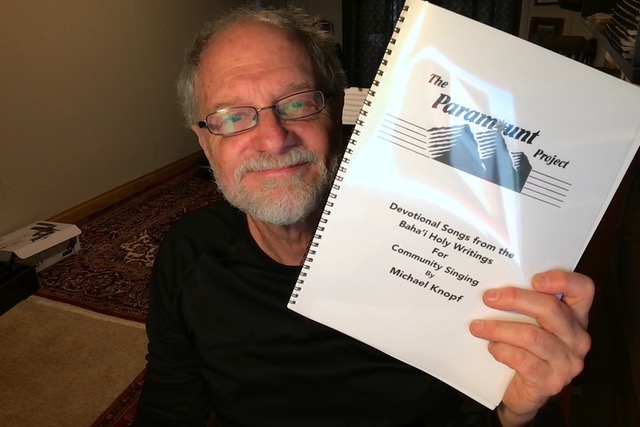

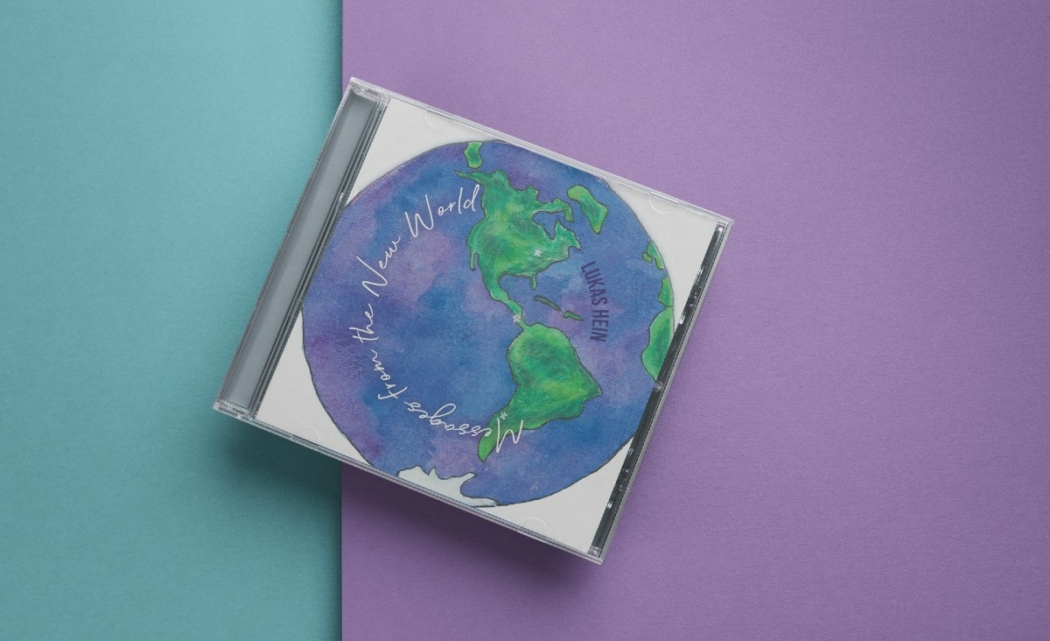
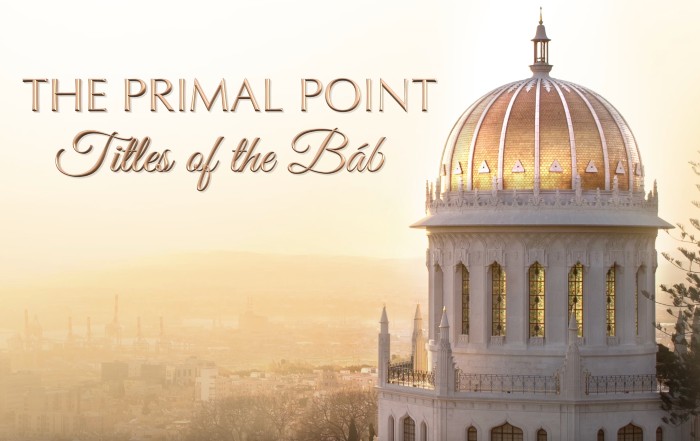
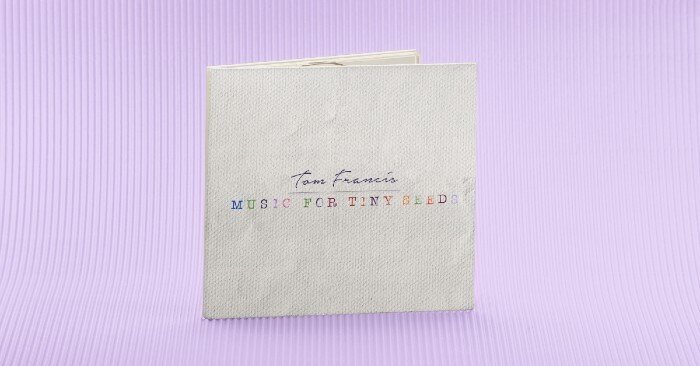
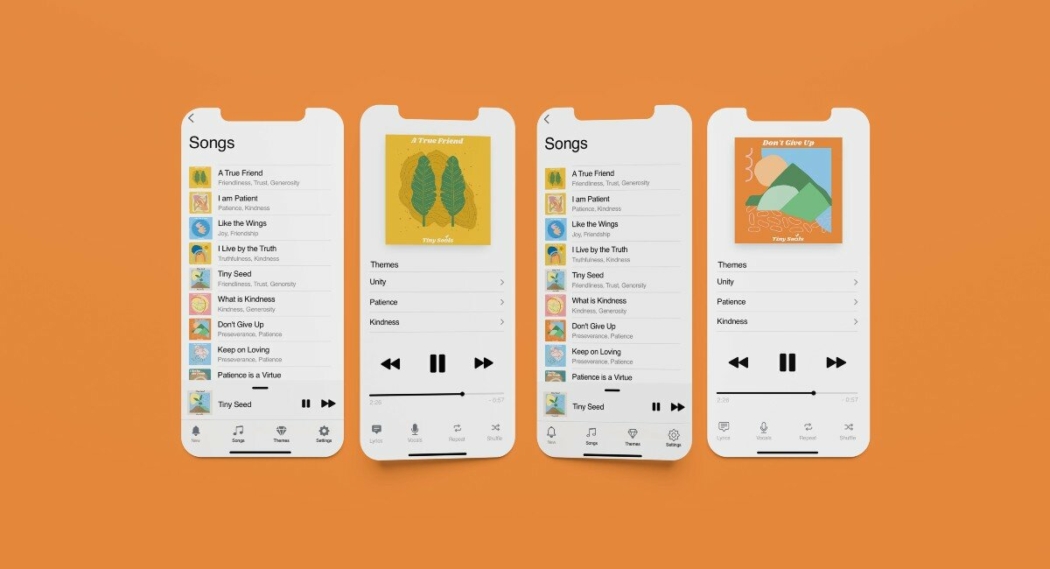
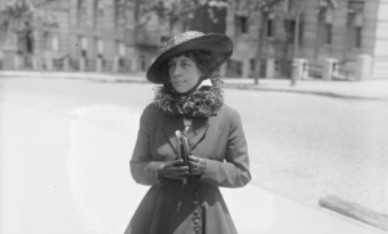





















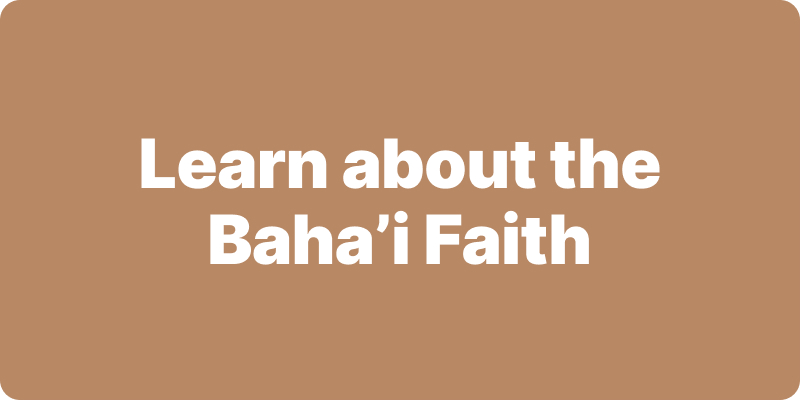


I knew Shidan in Haifa and always enjoyed her chanting . I am sure this new CD will be a hit.
Veda Rawhani
Veda (June 6, 2013 at 6:28 PM)
Some readers of this exchange, this conversation, about chanting, an improvised form of singing, and about the album Phoenix of Love—Shidan Toloui-Wallace’s recently released second album—will have heard Baha’i prayers and poems chanted in Persian and Arabic for decades. But this album of Shidan’s, as well the English collaborations with her daughter Shadi Toloui-Wallace, who was interviewed some time ago on Baha’i Blog, brings the experience of chanting to Westerners like myself to a new level of meaning, a new level of richness.
I will be 70 next year, and I first heard chanting in the 1950s in the Canadian Baha’i community. I was a child and adolescent in the 1950s and 1960s. When my mother joined the Cause in 1953 there were between 300 and 400 Baha’is in all of Canada. The number of Baha’is in Australia at that time were very similar. Those exposed to the Cause for the first time back in the 1950s probably found chanting somewhat strange. This is no longer the case, at least for many.
Chanting has always been a part of the mosaic of Baha’i experience for the followers of the Cause in the West. This Toloui-Wallace duo, this mother and daughter, and the literally dozens of other Baha’i musical artists, who have produced CDs in the last quarter-century, have added another dimension to Baha’i life, especially in this new culture of learning and growth from 1996 to the present. Thanks, Naysan, for another useful interview at Baha’i Blog, and the wide variety of interesting material you and the Baha’i Blog team are providing for the international Baha’i community.
RonPrice (June 6, 2013 at 4:43 AM)
Dear Ron and Veda:
I am truly humbled by your words. I can not deny that it has been an amazing experience to work with Shadi on the duo tracks. We are so blessed with such beautiful writings that it is a bounty to be able to chant and sing His praises. Thank you very much for your very kind words.
Shidan
Shidan (July 7, 2013 at 8:09 AM)